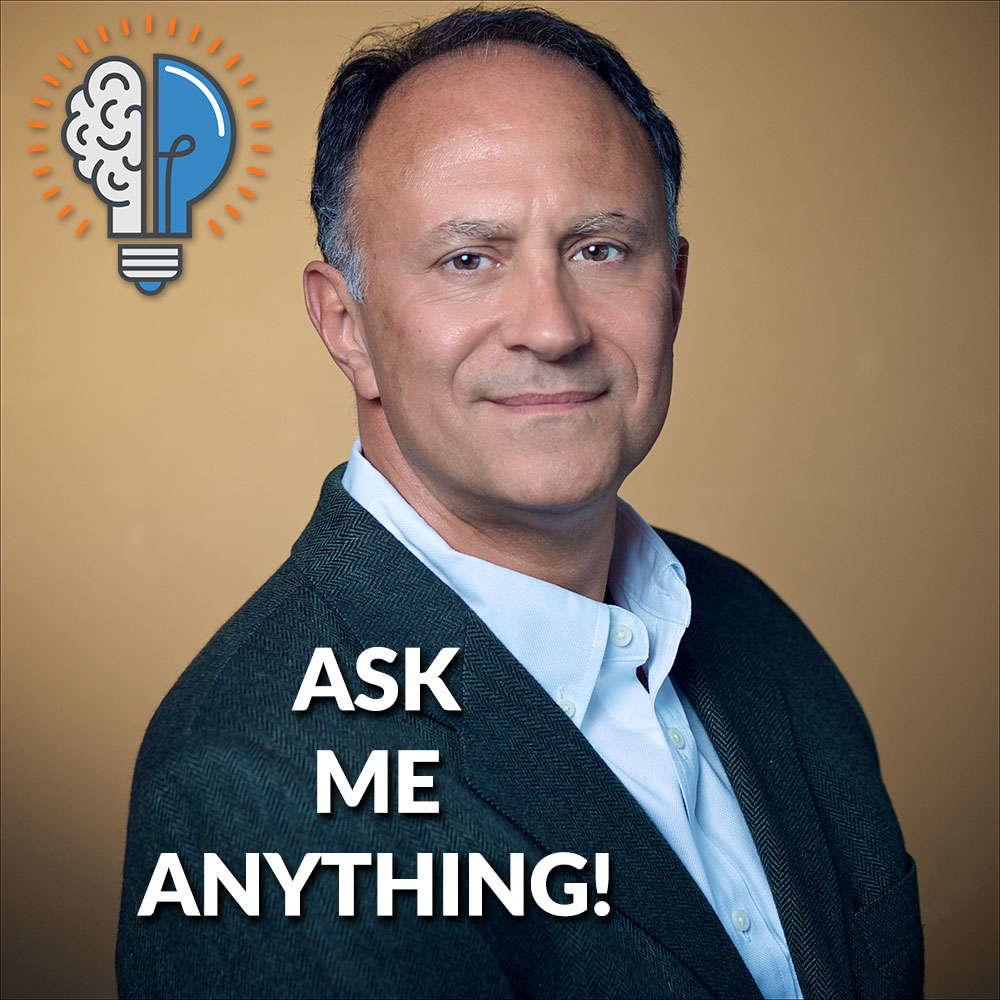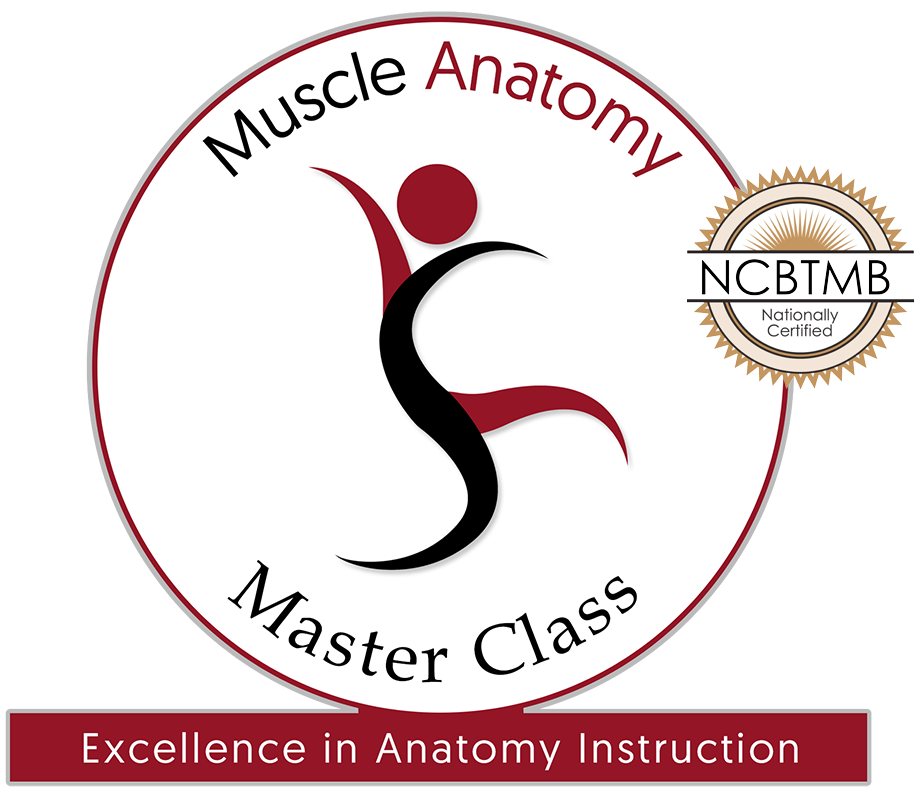I am creating a new blog post feature to my content called Ask Dr. Joe, or perhaps better put, Ask Me Anything*.
With Ask Me Anything, you can write to me by email ([email protected]) and ask me any question about:
• Fundamental anatomy, physiology, kinesiology
• Pathomechanics of conditions
• Manual therapy
• Movement therapy
From what is sent to me, I will choose questions to address in my blog post series: Ask Me Anything.
I will then do my best to address the question in a thoughtful and considered manner.
And I will respond two ways:
• I will respond by written post that I will place here on my Blog Page.
• I will also respond by video lesson that I will place on LearnMuscles Continuing Education (LMCE), my continuing education subscription service for manual therapists and movement professionals.
Ask Me Anything Written Blog Post Responses:
With the written post responses, I will:
• state the question as it was asked.
• state what I feel the underlying parameters are of that question.
• try to address the question, looking at it from various perspectives.
My goal will be to have a careful, considerate, methodical, and thorough approach to the issue raised that uses thought-out logic based on fundamental principles of how the human body works… and extrapolating those principles to the question at hand.
I will state my professional opinions, but I will try to back up these opinions with reasoning that I hope is clear and makes sense to the reader.
I cannot promise that I will address every question that you might ask, but I will do my best to get to as many as I can.
***I do ask that you try to formulate your question so that it is as clear as possible.
Ask Me Anything Video Lesson Post Responses:
With the video that I post to LearnMuscles Continuing Education (LMCE), I will try to discuss my “answer” with a conversational approach. This video will likely be more in-depth than the written post response.
These video responses will be posted to LMCE as I create them.
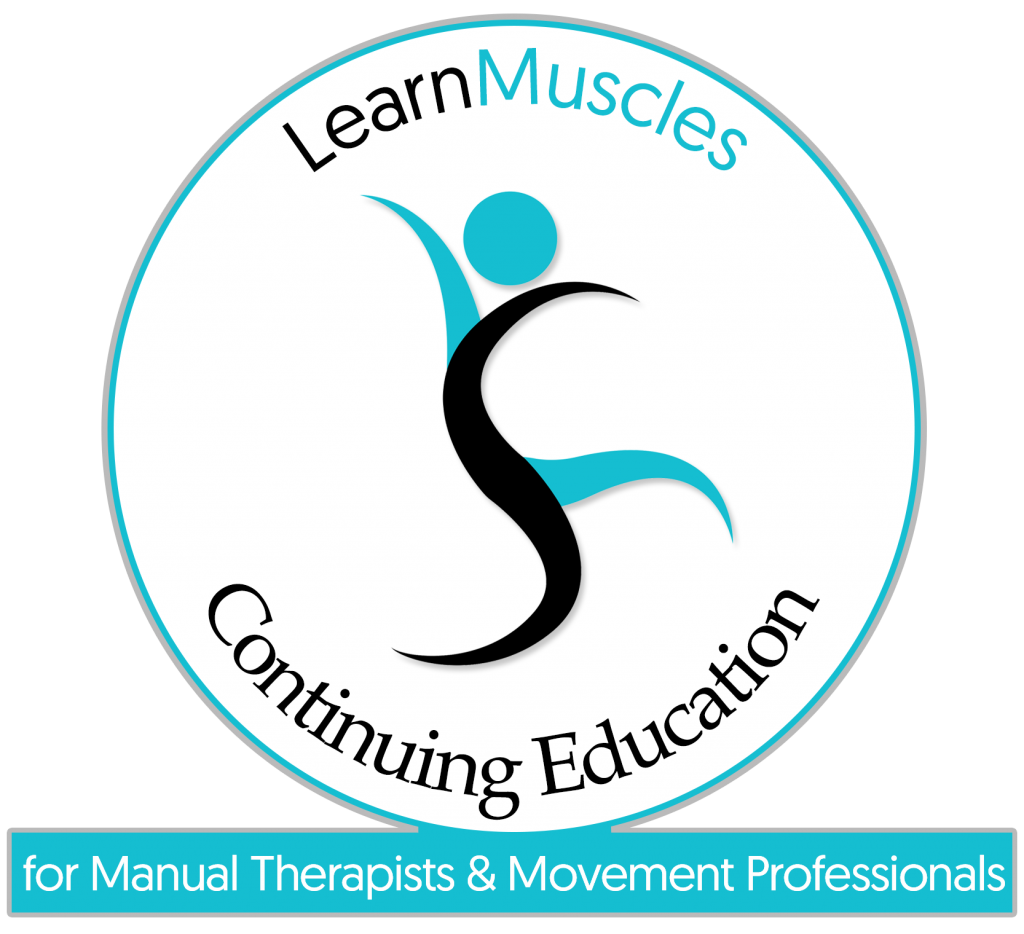
LearnMuscles Continuing Education (LMCE)
If you are not already an LMCE subscriber, then I encourage you to check it out.
LMCE is a continuing education subscription service that:
• has more than 2,300 video lessons (as of the writing of this post).
• ads at least seven (7) new video lessons each and every week.
• has an email newsletter that comes to you once each week, alerting you to the new video lessons.
• has guest presenters for content areas where I do not have sufficient expertise.
• offers more than 250 free hours of NCBTMB continuing education credit.
• offers free Certifications in Clinical Orthopedic Manual Therapy (COMT)
• can be subscribed to monthly or yearly.
o And with LMCE, nothing ever goes away, and the price never goes up once you are subscribed, as long as you remain subscribed.

LMCE is organized into nearly 30 Folders of Content, covering the following content areas:
• Review of Anatomy and Physiology:
o Cadaver Anatomy
o Muscle Anatomy
o Muscle Function (Kinesiology)
o Joint Structure and Function
o Bone Anatomy
• Manual Therapy Assessment Skills:
o Orthopedic Testing
o Palpation
o Joint Motion Palpation
o Postural & Movement Analysis
• Manual Therapy Treatment Skills:
o Soft Tissue Manipulation / Massage
o Stretching
o Body Mechanics
o Grade IV Joint Mobilization
o Grade V Joint Mobilization
o Manual Therapy Full Routines
• Movement Therapy Skills:
o Pilates
o Yoga
o Fitness Training
o Physical Therapy (Physiotherapy)
• Other Topics:
o Pathomechanics
o Self-Care for Clients/Patients
o Lectures & Workshops
o Continuing Education Credit and Certification courses (free through NCBTMB)
o Complementary Alternative Medicine (CAM)
o Case Studies in Clinical Reasoning
o Marrying Science with Hands-On
o Tips for Teachers & Students
o PDFs of two books and nearly 100 published articles
o Foreign languages
o 13 full-length DVDs of content
o Miscellaneous
Muscle Anatomy Master Class (MAMC)
For an incredibly thorough course on learning the muscles of the body, check out Muscle Anatomy Master Class (MAMC).
• MAMC contains approximately 1,000 video lessons.
• It offers 66 free hours of NCBTMB continuing education credit.
• MAMC offers a free Certification in MAMC.
The Full MAMC Course is divided into three (3) Regions
• Each region is divided into four (4) Modules:
• Each muscle is then covered with five (5) distinct video lessons:
o Drawn figure video with animated arrows
o Cadaver anatomy
o Muscle actions and motion patterns with a live model
o Palpation protocol (specifically addressing the target muscle)
o Stretching protocol (specifically addressing the target muscle)
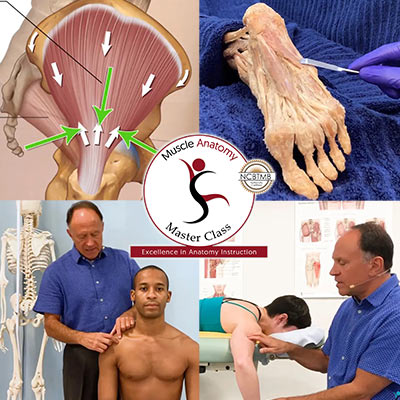
Muscle Anatomy Master Class (MAMC).
The Regions and Modules are:
• Upper Extremity
o Shoulder Girdle
o Arm
o Forearm
o Hand
• Lower Extremity
o Pelvic Girdle
o Thigh
o Leg
o Foot
• Axial Body
o Head
o Neck
o Back
o Chest and Abdomen
For a full listing of all the muscles covered in MAMC, click here.
Just make sure that you ask me by email: [email protected]
So, please… Ask Me Anything!*
*Note: Ask me Anything is NOT intended as a means of diagnosing or assessing a person’s medical/health condition. Rather, it is a format for discussing matters of fundamental anatomy, physiology, kinesiology, and manual and movement therapies, etc.
BTW, I also have a full anatomy glossary of artwork (bones, joints, muscles, stretches, and trigger point with referral zones) that you can download and use gratis. Click here for access.
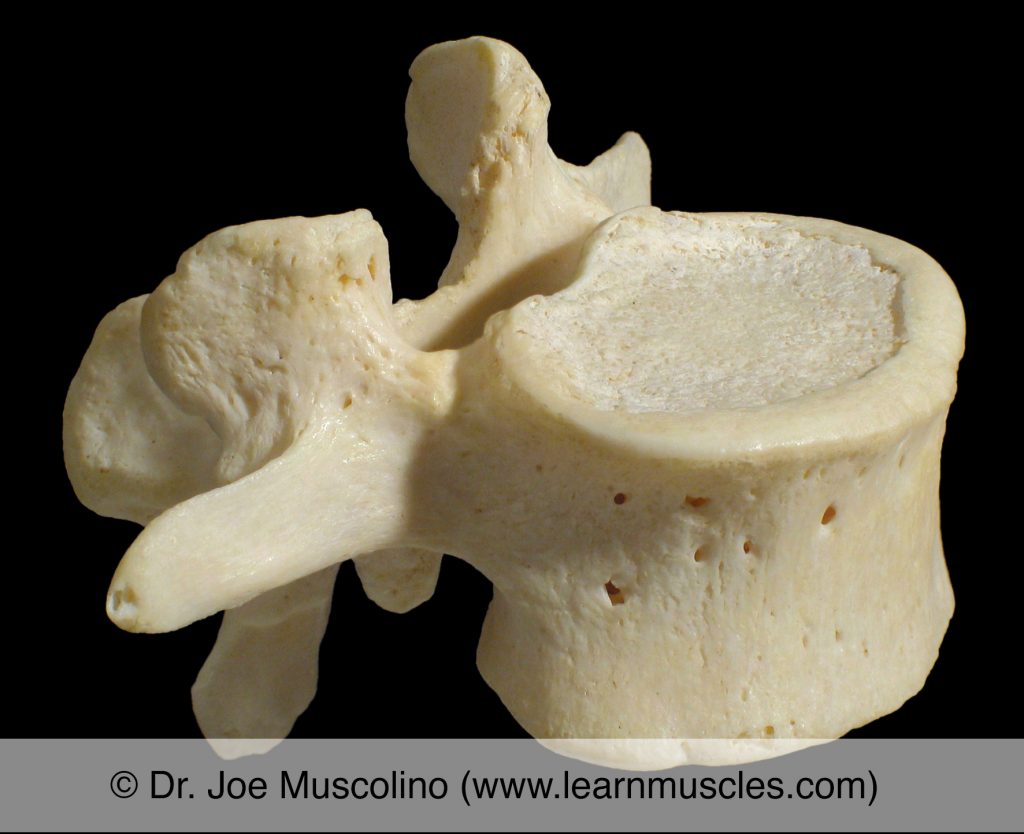
Oblique view (superior and anterolateral view) of L3 (“typical lumbar vertebra”).
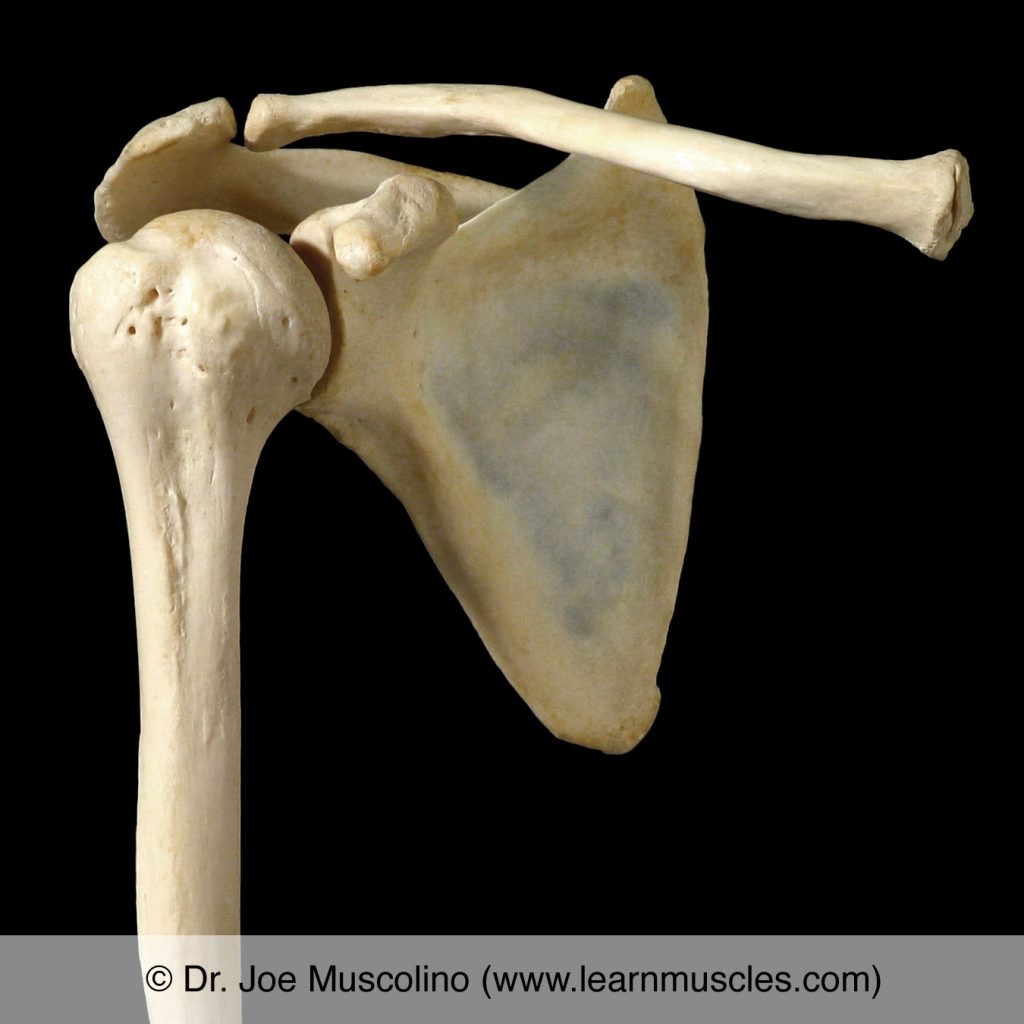
Anterior view of the glenohumeral joint on the right side of the body.
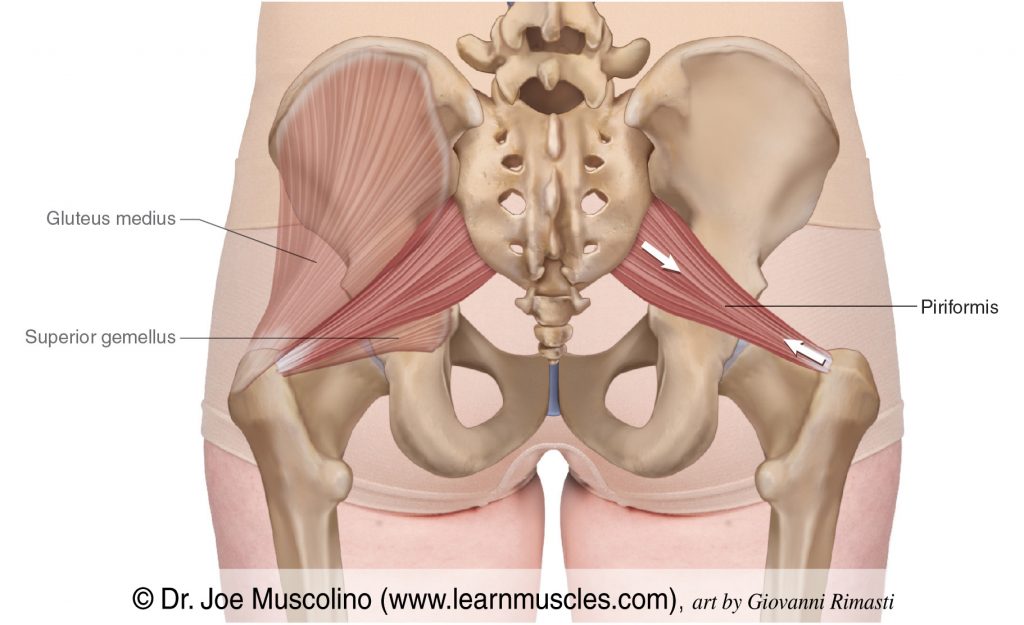
Piriformis bilaterally with the gluteus medius ghosted in on the left.
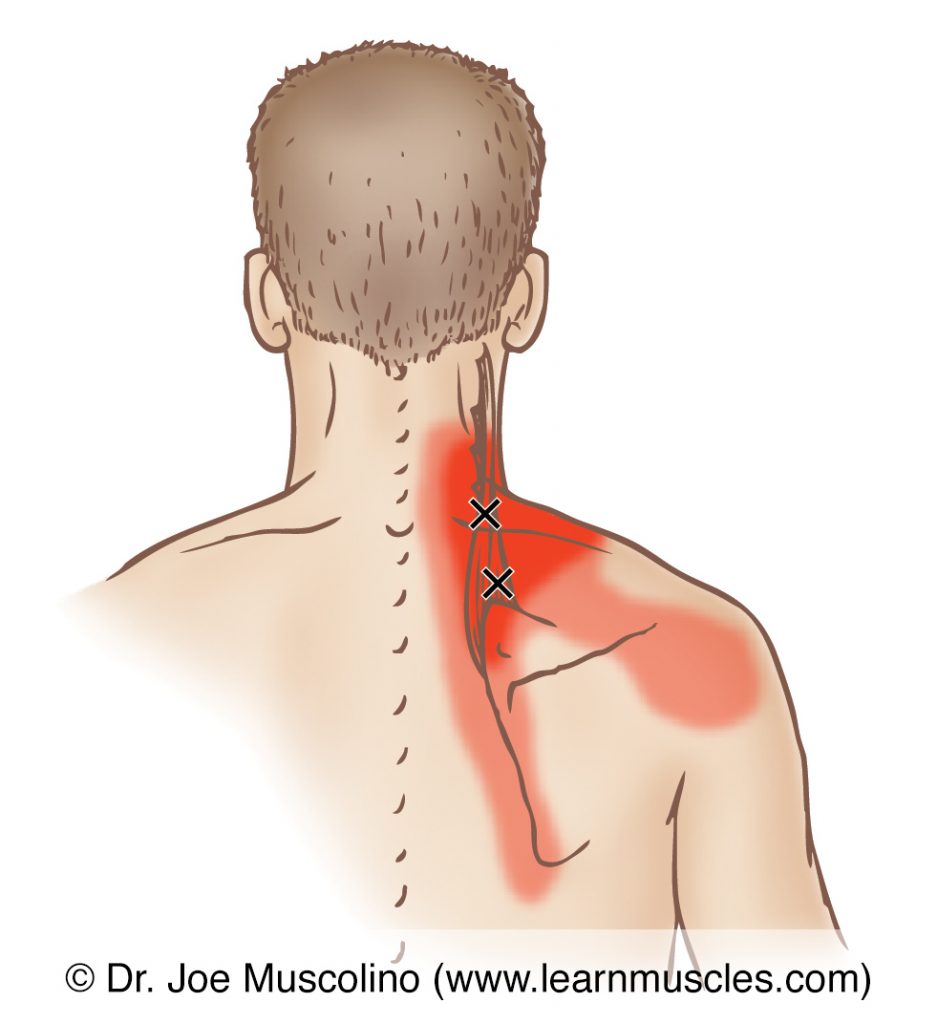
Posterior view of myofascial trigger points in the right-side levator scapulae and their corresponding referral zones.
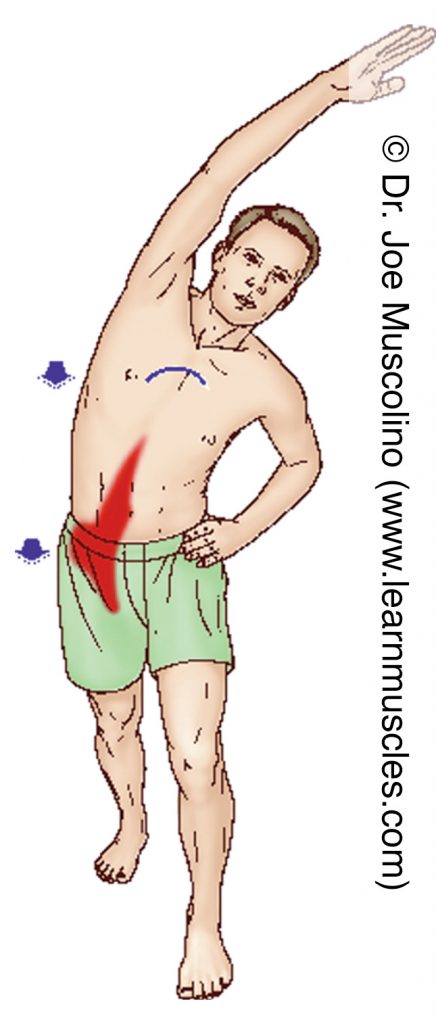
The psoas major is stretched with extension of the thigh at the hip joint; and opposite-side lateral flexion of the lumbar spine.

Right lateral view of the bones of the skull colored.


